Weekly Editors Picks is a functional column of Odaily Planet Daily. In addition to covering a large amount of real-time information every week, Planet Daily also publishes a lot of high-quality in-depth analysis content, but they may be hidden in the information flow and hot news, and pass you by.
Therefore, every Saturday, our editorial department will select some high-quality articles that are worth spending time reading and collecting from the content published in the past 7 days, and bring new inspiration to you in the crypto world from the perspectives of data analysis, industry judgment, and opinion output.
Now, come and read with us:
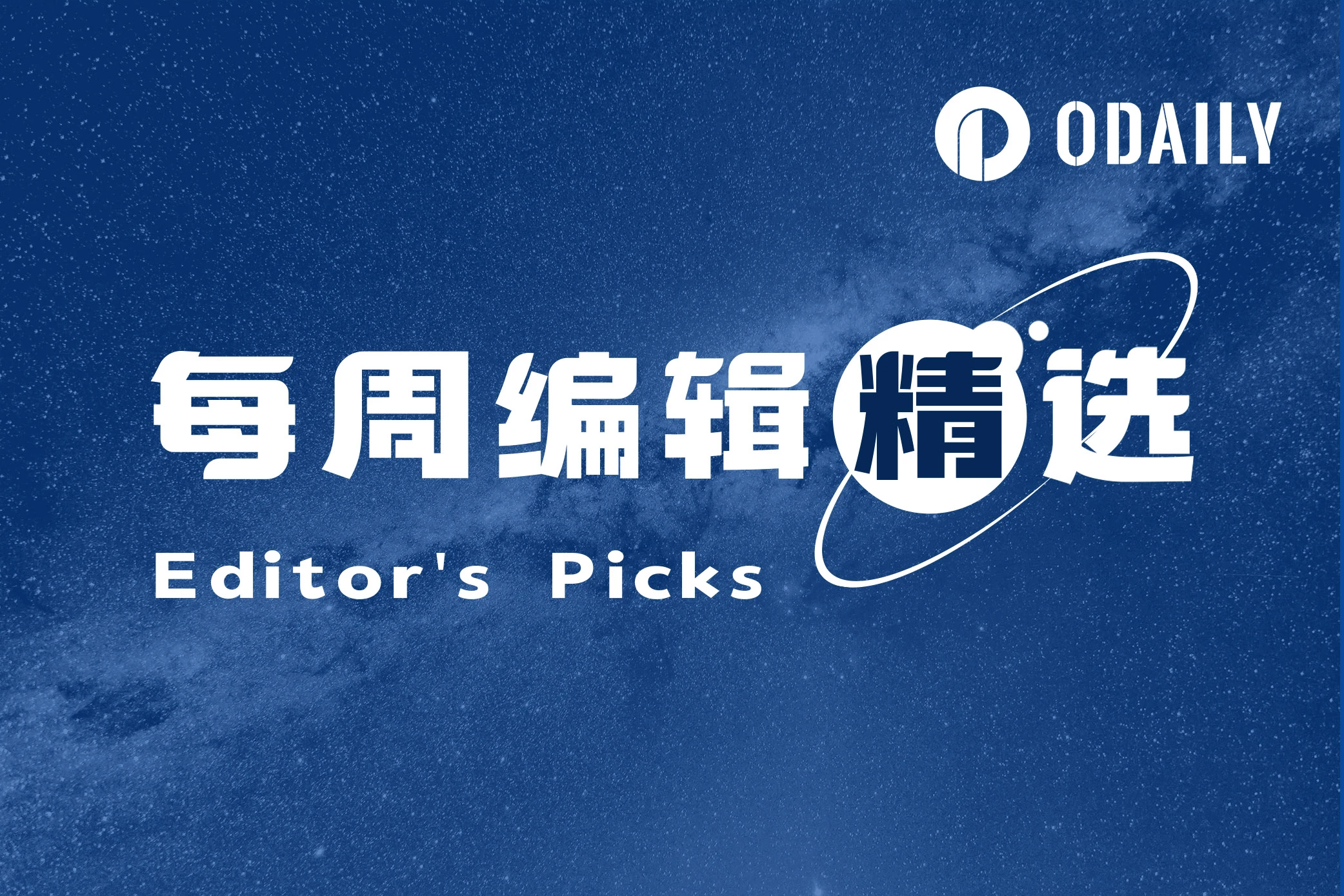
Investment and Entrepreneurship
Penetrating the “Statistical Significance” of Halving: Is Bitcoin Bullish a Tradeable Event?
The Bitcoin halving may not be a tradable event from a supply perspective, but it has structural bullish factors, and if there is appropriate macro support, Bitcoin may rebound again after the halving.
Stablecoin activity surges, DeFi Summer reignites, Web3 gaming heats up, and L2 expands rapidly.
The rise of MEME coin from the perspective of Ponzi scheme
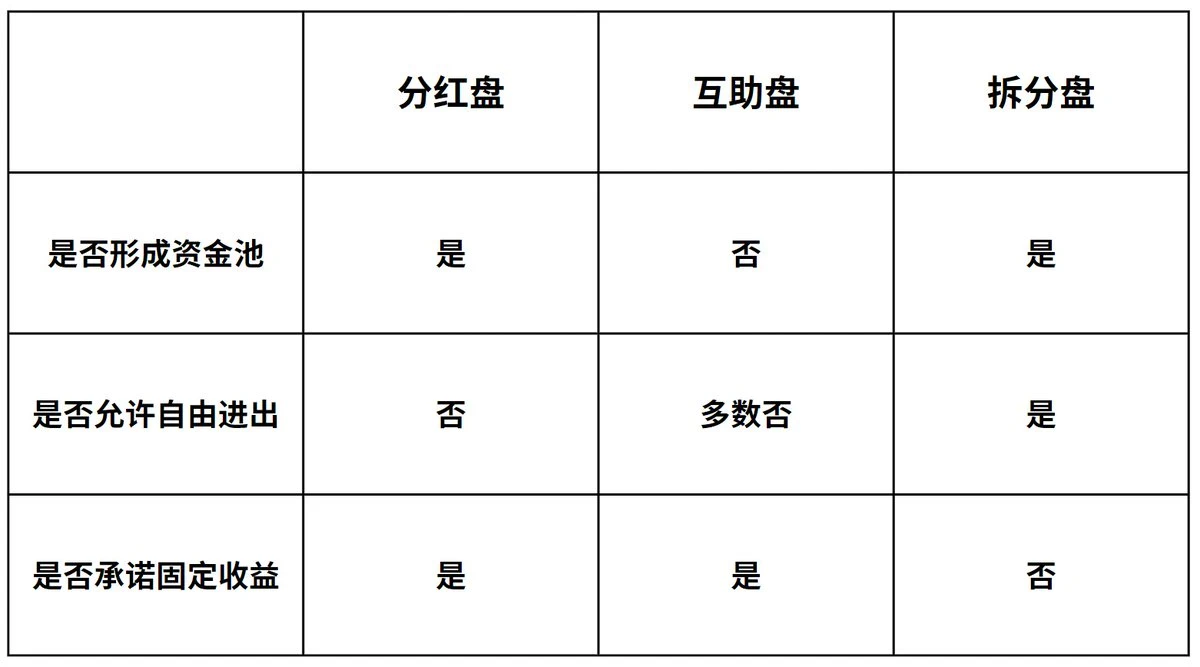
Based on the three-plate theory, we explore the reasons for the three bull markets: MEME coin is a mutual aid plate, DeFi is a dividend plate, and ICO is a split plate.
What happens to the market when new tokens flood in?
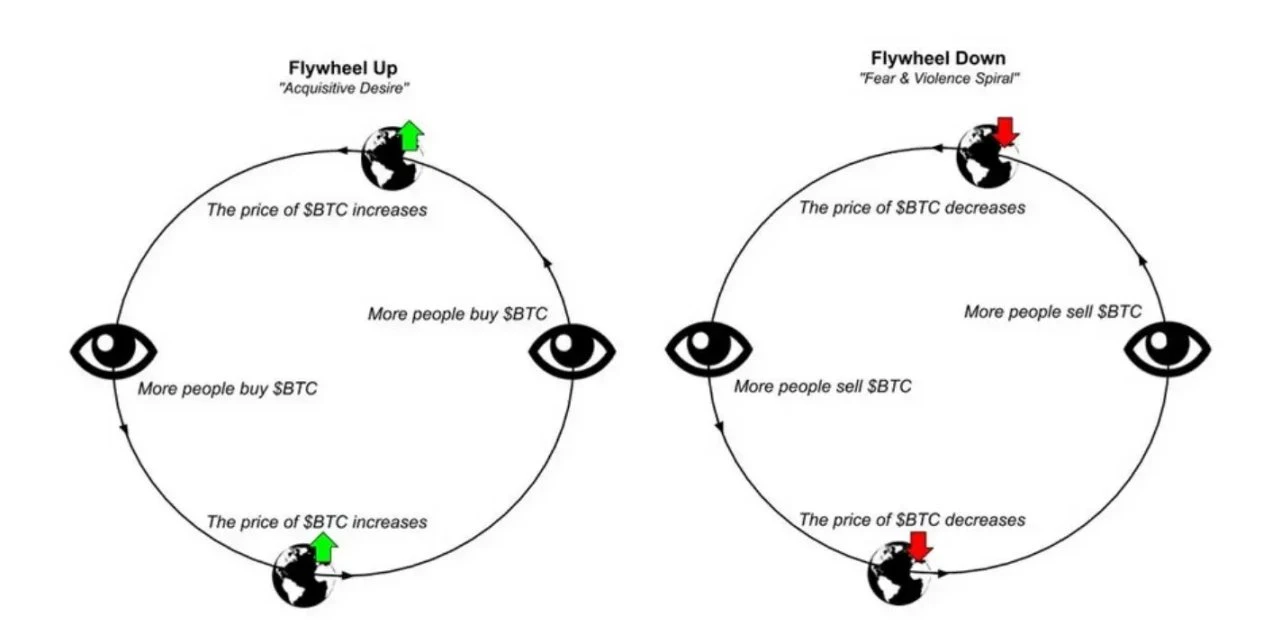
Schematic diagram of reflexivity of buying and selling BTC
There are new premium projects launching every week with high FDVs. This means that there is an endless supply flooding the market and unless new buyers come in, these tokens are bound to fall (at least in the long run). A big part of the problem is the number of projects launching. Not everyone can buy all of them. This is extremely dangerous. In bear market conditions, we will see terrible things happen.
Most new VC coins (high FDV coins) eventually fall sharply. This can be exploited in a scalping or hedging strategy. Examples of weaker coins could be STRK, APE, BOME, ADA, CRV, and XRP. Currently strong altcoins are ENA, TON, FTM, PENDLE. However, it is not recommended to go long or short on these coins due to the ever-changing market momentum.
The beauty of Memecoin is that they are actually one of the few honest coins because it is a game of players versus players. Too many altcoins, too many projects, and too many unlocked tokens will hit the market in the future.
The solution to token issuance: How to break the curse of only falling but not rising?
The current token issuance structure encourages a down-and-out model in which the price of tokens will be slammed.
Tokens are issued at high FDV, slowly drain away as airdrop recipients sell, then collapse as VCs unlock. FDV (fully diluted valuation) is actually a meme because some tokens trade at crazy FDVs. This might make sense for retail investors because if you’re trading heavily in these assets, FDV might not matter that much unless you’re stuck at unlock. But FDV absolutely matters to VCs because they’re the ones holding the locked tokens.
Once the airdrop paradigm began, this became a way to increase the dollar value of the airdrop without adding more tokens.
There are three ways to break away from the current model: linear unlocks, public token sales, and creating cool stuff.
How do technology infrastructure projects create the Meta of the ecosystem?
The key components of a successful application: product, subculture creation, and economic model. Building your own Meta requires a good name and mascot, language, community, and application. Preliminary preparations include: building a cheap and reliable infrastructure and giving users some free candy.
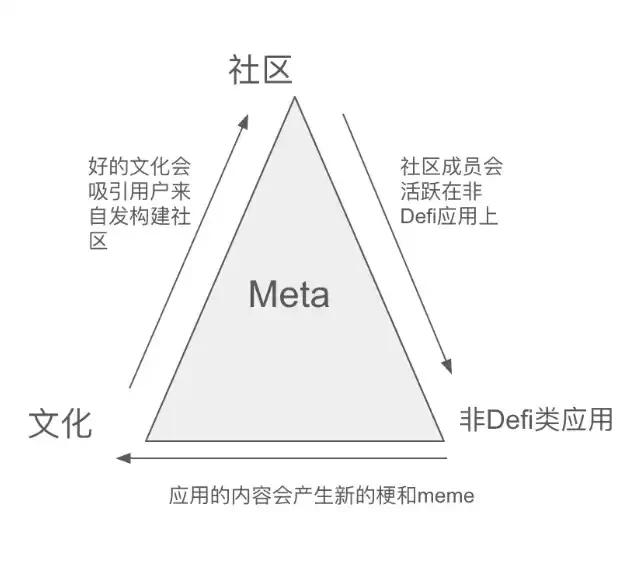
Bitcoin Ecosystem
Summary of new technological developments that led to Bitcoin’s resurgence
The development of Bitcoin technology is essentially the expansion of blocks and capabilities.
In terms of block expansion, segregated witness has led to de facto block expansion. Although there are various proposals to cut out the witness part, the probability of this happening is not high, especially after the witness part is given more meaning.
In terms of expansion capabilities, Taproot, Schnorr, MAST, Taproot Scripts, and other technologies have given Bitcoin more capabilities. In particular, MAST+Taproot Scripts will expand the capabilities of Bitcoins native scripting language, and several other technologies will expand the ability of Bitcoin language to handle complex scenarios. However, these capacity expansions will also increase the difficulty of Bitcoin development and understanding, after all, these Scripts development is not a high-level language. And this part of the capacity expansion will lag behind the users understanding and learning speed of block capacity expansion.
A review of the five most popular BTC-related public chains that VCs have entered
Introduction to BounceBit, Merlin Chain, B² Network, BOB, Mezo.
Compared with how the technical logic behind these BTC-related public chain tracks is realized, the more important thing is the injection of resources behind them. It is a market where various institutions compete with each other for capital. For retail investors, it is just a new chain. The targets of speculation are nothing more than MEME, DEX or lending mining, etc. More ways to participate may be to judge the gold content of the capital behind each project and participate in activities such as airdrop lock-up points in advance to obtain free tokens. In addition, at most, after the mainnet is launched, pay attention to whether there are leading Memecoins or whether there are officially endorsed Memes.
The Bitcoin layer 1 token protocol will form a three-way competition among BRC-20, Atomicals, and Runes;
Runes will attract Western investors to the altcoin on Bitcoin track, bringing more users and liquidity to the entire Bitcoin ecosystem;
The industry will move from issuing new assets to the next stage, and DeFi is the greatest common divisor.
Regarding Atomicals, the next focus will be on: AVM, splitting, and ecology.
The new Runes standard has two innovative points: the introduction of the OP_RETURN Bitcoin script operation code, which can mark and store arbitrary non-payment related data, solving the UTXO dust problem at the source; and the adoption of the UTXO model asset transfer features dominated by ARC 20, so that users can transfer and manage inscription-derived assets by transferring UTXO.
OP_RETURN is equivalent to the Blob space applied on Ethereum L2. It can effectively record data but will not be operated by the full node. Through the OP_RETURN mark, the Ordinals protocol can manage and account according to the transfer direction of UTXO, which can well realize asset splitting and avoid asset loss problems.
The Runes standard combined with the Ordinals protocol can unify the issuance of FT and NFT assets, further consolidating the foundation of the Ordinals protocol. Ordinals can be regarded as an indexer or an L2 index chain, which is in the same level of competition as the CKB chain @NervosNetwork with isomorphic binding characteristics.
Bitcoin Fees Soar After Halving: A Brief Analysis of the Game Mechanism Behind Runes
Runes are responsible for some very high fees on the Bitcoin network. The current rate of Rune issuance is completely unsustainable. In the first 18 blocks alone, over $20 million was spent in fees, most of which was spent on Rune issuance. At this rate, Rune issuers will spend $150 million per day or $1 billion per week. But the miners who produced these blocks must be very happy.
Recommended article Who is the leader and what concept can stand out? The data and stories of the top ten popular runes in speedrunning
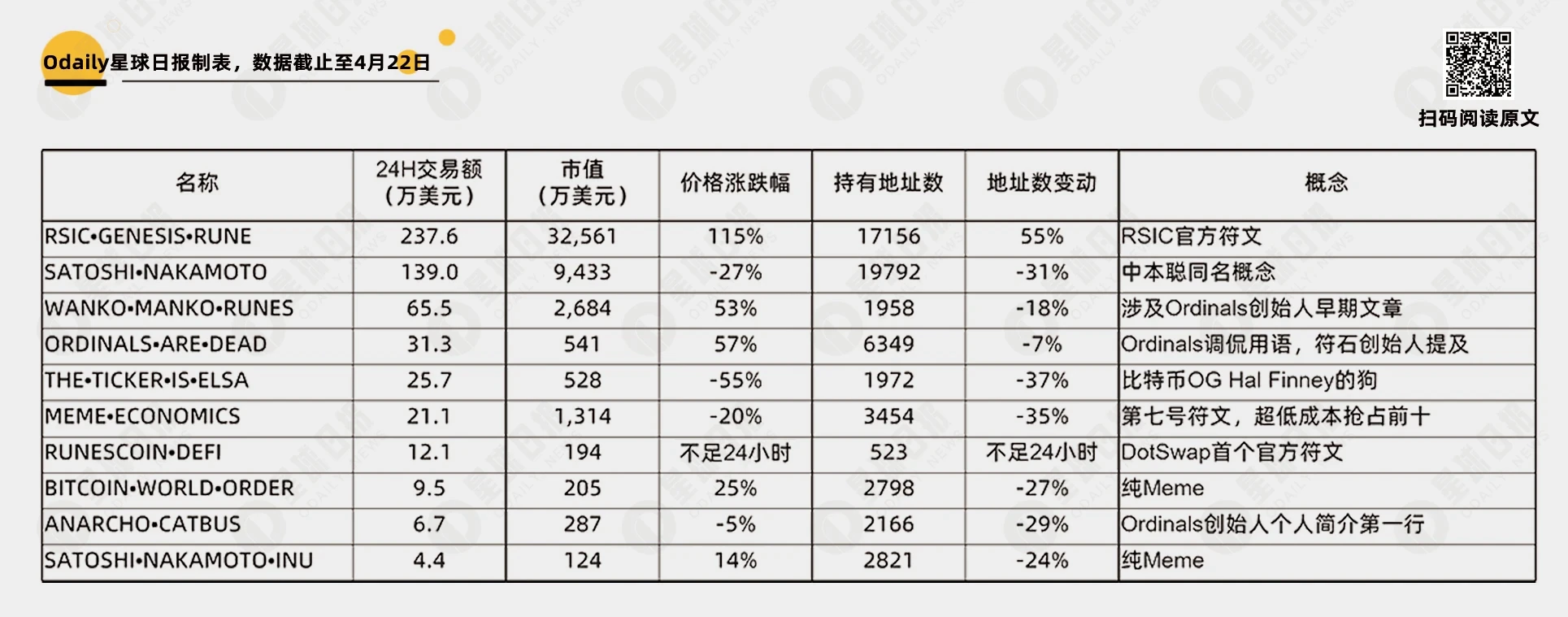
Also recommended: Rune Project Operation Process Guide A must-read for Runes trading novices, teaching you step by step how to use RBF sniping and counter-sniping Unable to trade due to insufficient UTXO? Understand the concept and operation of UTXO in one article BTC Ecosystem In addition to Runes, what other transaction demands will increase miners income? .
Multi-ecology and cross-chain
Base Social Protocol Kingdom: Massive Users and Billions of TVL Deposited from Consumer Applications
Bases on-chain data and ecosystem have shown significant growth recently: the Cancun upgrade has significantly reduced L2 fees, which has greatly reduced user interaction costs; backed by Coinbase, funds, user projects are fully supported and delivered, and Coinbase ventures and first-class funds are very active in investing in the Base ecosystem; achieving a win-win situation with the OP Superchain strategy.
Base focuses on unique social and consumer applications, hoping to become a traffic grabber to capture users.
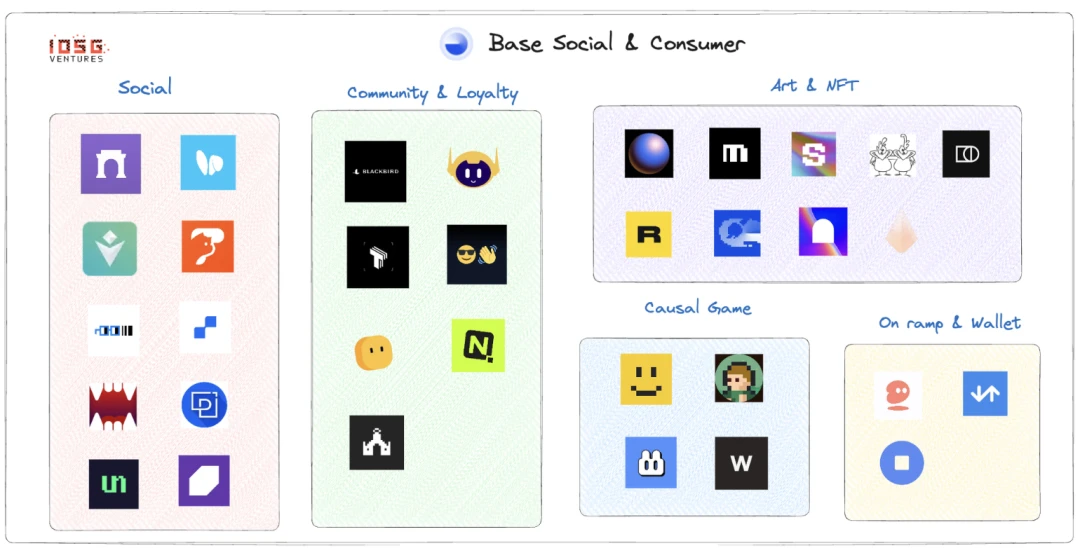
Base is less likely to issue tokens under regulatory compliance requirements, and has achieved ecological prosperity without using token incentives. With a good infrastructure background, Bases consumer applications and social ecosystem are expected to onboard more new users and achieve mass adoption.
What is the essence of cross-chain? A series of thoughts triggered by CCTP
The essence of cross-chain funds is the exchange and transfer of tokens and the transmission of information.

CCTP (Cross-Chain Transfer Protocol) is a permissionless on-chain tool from Circle that facilitates USDC transfers between different blockchains. Circle does not require liquidity on the target chain, but simply mints native USDC after destroying USDC on the source chain.
Its advantages are: In addition to opening up the circulation of USDC, CCTP has a greater prospect of becoming a universal cross-chain bridge; no packaging is required, like various xBTC and XETH, which greatly reduces the degree of centralization and increases security risks; no need to prepare a liquidity pool, eliminate liquidity requirements, and destroy and cast in real time, greatly improving capital efficiency; low cross-chain cost, only consuming gas fees for destruction and casting, basically no slippage; it is compatible with 55 public chains and is programmable, providing more possibilities for full-chain Dapps with better user experience; USDCs stability + consensus has extremely high barriers and a high threshold for replication.
Its limitations include: a high degree of centralization, but a company of Circle’s size is already a relatively reliable institution; retail investors cannot participate, and it is a 2B business.
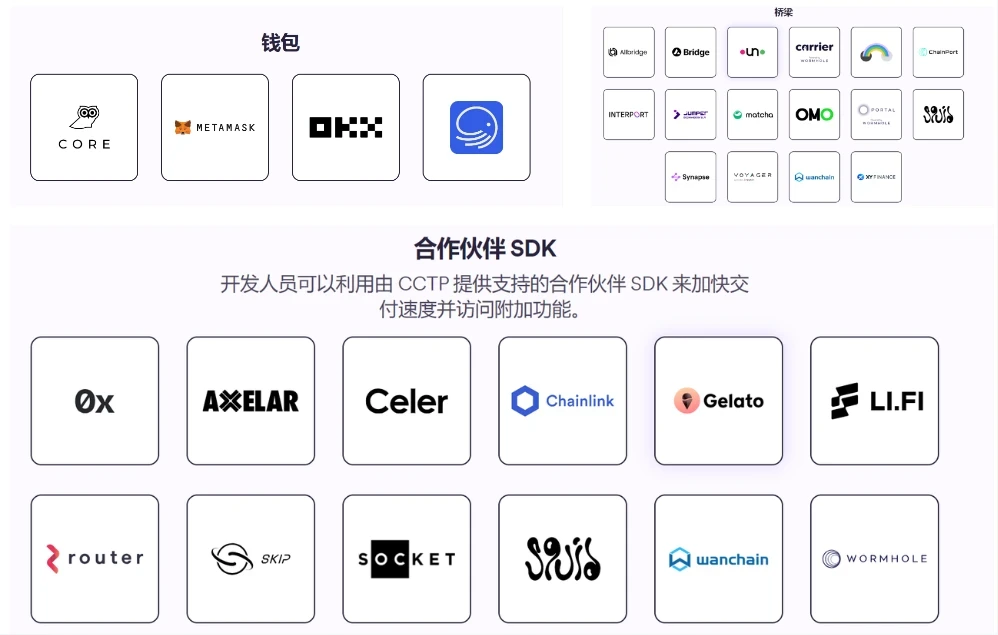
DeFi
cmDeFi: Ethena’s in-depth penetration of the stablecoin market
USDe is a crypto-native synthetic USD stablecoin, a structured passive income product between centralization and decentralization. It keeps assets on-chain and earns income while maintaining stability through Delta neutrality. It is incentivizing liquidity through a points system and may become a high-yield, limited-scale stablecoin that follows market trends in the long term.
Recommended reading: Analysis of Ethenas mining yield in the second quarter, 400% + APY is not a dream?
Bankless: Can EigenLayer live up to expectations?
Token inflation is unsustainable and generates little real revenue. A pessimistic scenario is that EigenLayer will be classified as a bad idea, causing a major blow to the Ethereum ecosystem and losing a key shared narrative.
NFT, GameFi and the Metaverse
From Culture to Product, The Ultimate Guide to Bitcoin Puppets
Centered around pure intentions, puppet culture offers a form of artistic expression that reflects the volatility and sometimes patent illogicality of financial activity in the cryptocurrency markets. While they are not without their naysayers, or some who may consider their art vulgar, puppeteers proudly defy traditional categorization and celebrate their creativity and (counter)culture.
Safety
(The illustrations in the article are quite thoughtful.)
Authorization phishing is one of the most classic phishing techniques in Web3 in the past, but because it costs gas fees, it is easy to arouse vigilance and is relatively easy to prevent. Permit and Permit 2 signature phishing are the hardest hit areas in the field of Web3 asset security.
Permit is an extended function for authorization under the ERC-20 standard. Hackers can create a phishing website and replace the login button with Permit phishing, so they can easily phish away assets. Permit 2 is a function launched by Uniswap for the convenience of users. If you have used Uniswap and you have authorized unlimited amounts to the Permit 2 smart contract, hackers can transfer your tokens as long as they trick you into signing your name (only for those who have given authorization).
Prevention methods include: cultivating security awareness, checking the nature of the operation, separating funds (opening wallets), and being wary of signature formats (such as Interactive: interactive URL, Owner: authorizing party address, Spender: authorized party address, Value: authorized quantity, Nonce: random number, Deadline: expiration time).
Hot Topics of the Week
In the past week, US prosecutors sought a 36-month prison sentence for CZ; CZs lawyer said CZ should be sentenced to probation instead of imprisonment; CZ issued an apology letter before the verdict, and 161 people including the former US ambassador to China wrote to plead for him;
Six Bitcoin and Ethereum spot ETFs were approved in Hong Kong. The Hong Kong Stock Exchange: Virtual asset spot ETFs can be financed with margin financing , depending on the risk management policies of individual exchange participants; Caixin: Mainland investors are currently not allowed to participate in the trading of Hong Kong virtual asset spot ETFs;
After the halving, the BTC network was congested, and the gas fee for runes was once thousands of dollars; Rune 0 was deployed by Casey, the founder of Ordinals; many wallets and tools support Runes; Runes accounted for 68% of Bitcoin transactions since its launch;
In addition, in terms of policy and macro markets, U.S. House of Representatives: will soon reach an agreement with the Chairman of the Financial Services Committee on the Stablecoin Act ; the SEC issued a Wells Notice to Consensys, accusing MetaMask of operating as an unlicensed broker; Consensys sued the U.S. SEC , claiming that the MetaMask service did not violate securities laws; the U.S. SEC sought to recover $5.3 billion in illegal gains and civil penalties from Terraform Labs and Do Kwon ; Thailand will ban access to unauthorized encryption platforms and require users to withdraw assets as soon as possible;
In terms of opinions, voices and data, sources: The US SEC is expected to refuse to approve the Ethereum spot ETF next month; Skybridge Capital CEO: I believe that the market value of Bitcoin will eventually exceed that of gold; Fidelity : Due to the possible increase in selling pressure, the medium-term outlook for Bitcoin was revised from positive to neutral; ARK Invest: Bitcoin is a unique safe-haven asset ; BlackRocks spot Bitcoin ETF stopped inflows after 71 consecutive days; Arthur Hayes: Money printing is accelerating, and there will be a golden pit of increasing BTC positions in the next few months; a16z Crypto : Do not sell tokens publicly in the United States for fundraising purposes; a16z Crypto CTO: Memecoin has caused the public to have a negative view of cryptocurrency and has a destructive impact on the market; Embers: Sun Yuchens on-chain addresses hold a total of about US$4.165 billion in huge token assets; EigenLayers real-time deposit rankings No. 2, 3, and 4 are all Sun Yuchens addresses ;
In terms of institutions, large companies and leading projects, Grayscale submitted an application to the US SEC to register the Ethereum Mini Trust ETF ; People familiar with the matter: Morgan Stanley plans to allow its 15,000 brokers to recommend the purchase of Bitcoin ETFs to clients; Google Cloud launched the Web3 portal, developers can conduct experiments on the test network; Ethereum network gas fees continue to be low; Binance will gradually stop supporting BNB Beacon Chain ( BEP 2 ) network recharges; Binance launched Renzo (REZ) for new coin mining ; Renzo (REZ) announced the token distribution plan ( economic model and valuation expectations), REZ airdrop distribution ratio increased to 12%, and the application time was changed to April 30; EOS CEO proposed a new token economics : it plans to destroy 80% of the total supply in the future and set a supply cap of 2.1 billion; Injective governance proposal approved INJ 3.0 token economics , INJ deflation will increase fourfold; Blast announced the second phase of Gold Points distribution details; Starknet Foundation will reissue STRK for three types of user groups Airdrop ; TON launched a series of measures to reduce network fees; SAFE started circulation; Kamino plans to issue KMNO tokens on April 30, with the initial community distribution accounting for 7.5% of the total; Lava Network released LAVA token economics: a total of 1 billion, of which 15% will be used for future incentive programs such as airdrops; Shiba Inu raised $12 million through the TREAT token sale, which will be used to develop the L3 chain; Omni Network : The first phase of the mainnet Omni Armageddon is now online;
Security incidents include: ZKasino was caught in a soft run, claiming that it would launch a DAO governance model , and ZKAS holders would enjoy the potential use cases of tokens; io.net’s front-end data was tampered with by hackers... Well, it was another week of ups and downs.
Attached is a portal to the “Weekly Editor’s Picks” series.
See you next time~










